Historical monuments in Palestine
Aqsa mosque
Al-Aqsa Mosque is one of the largest mosques in the world and one of the most sacred to Muslims, and the first two kisses in Islam. Located inside the Old City of Jerusalem in Palestine.
Address: Jerusalem
Opening date: 705 B
Architectural styles: Gothic architecture, Romanesque architecture, Abbasid architecture, Fatimid building
The buried: Hussein bin Ali Sharif Mecca, Abdullah I ibn al-Hussein
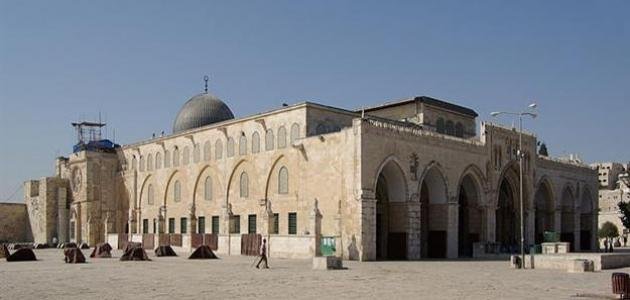
The Dome of the Rock
The Dome of the Rock is one of the most important parts of the Al-Aqsa Mosque. It is part of one of the most important Islamic mosques in Jerusalem, Palestine and the Islamic world, and one of the most beautiful buildings in the world. .. Wikipedia
Address: Jerusalem
Height: 35 m
Opening date: 691 B
Owner: Ministry of Awqaf Islamic Affairs and Holy Places
Custom Purpose: Campus
Architects: Raja Ben Haywa, Yazeed Ibn Salam
Architectural styles: Islamic architecture, Byzantine architecture, Ottoman architecture, Abbasid architecture, Umayyad building
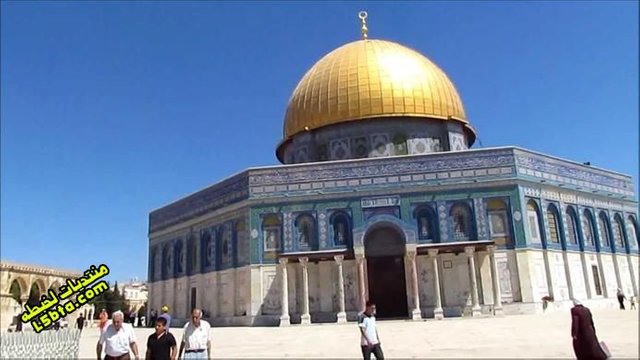
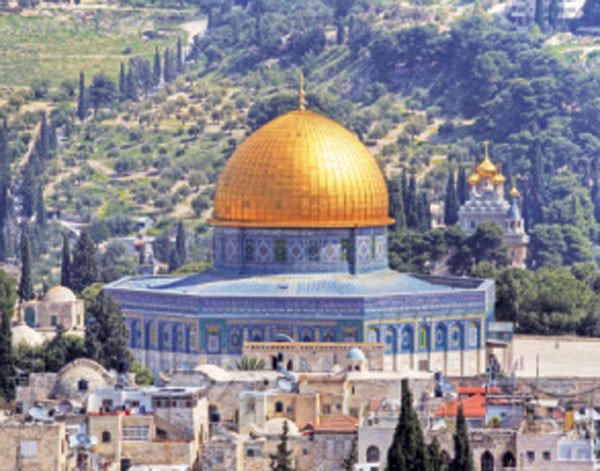
Hisham's Palace ( Qaṣr Hishām)
Hisham's Palace ( Qaṣr Hishām) is an important early Islamic archaeological site five km north of the town of Jericho, at Khirbat al-Mafjar in the West Bank.[1] Spreading over 60 hectares (150 acres), it consists of three main parts: a palace, an ornate bath complex, and an agricultural estate. Also associated with the site is a large park or agricultural enclosure (ḥayr) which extends east of the palace. An elaborate irrigation system provided the complex with water from nearby springs.
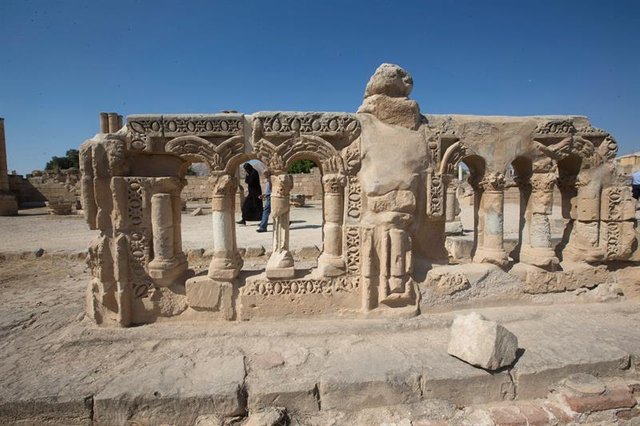
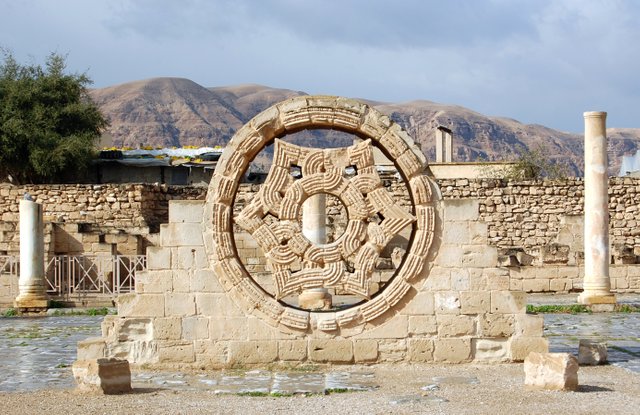
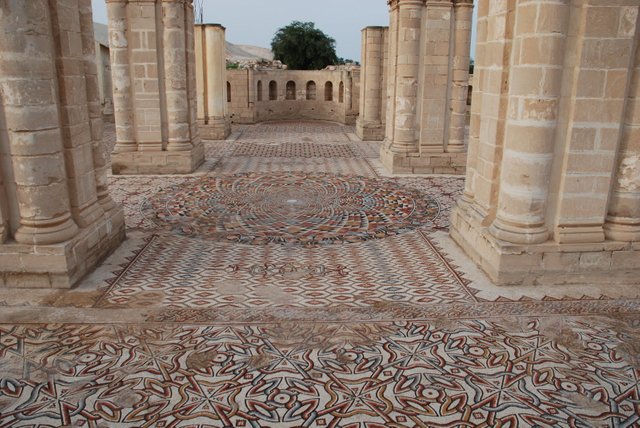
The Church of the Nativity
The Church of the Nativity ( Greek: Βασιλική της Γεννήσεως; Armenian: Սուրբ Ծննդյան տաճար; Latin: Basilica Nativitatis) is a basilica located in Bethlehem, in the West Bank, Palestine.
The church was originally commissioned in 327 by Constantine the Great and his mother Helena over the site that was traditionally considered to be located over the cave that marks the birthplace of Jesus. The Church of the Nativity site's original basilica was completed in 339 and destroyed by fire during the Samaritan Revolts in the 6th century. A new basilica was built 565 by Justinian, the Byzantine Emperor, restoring the architectural tone of the original, The site of the Church of the Nativity has had numerous additions since this second construction, including its prominent bell towers. Due to its cultural and geographical history, the site holds a prominent religious significance to those of the Christian faith.
The site of the Church of the Nativity is a World Heritage Site, and was the first to be listed under Palestine by the United Nations Educational, Scientific and Cultural Organization (UNESCO). The site is also on UNESCO's List of World Heritage in Danger. The Status Quo, a 250-year old understanding between religious communities, applies to the site.

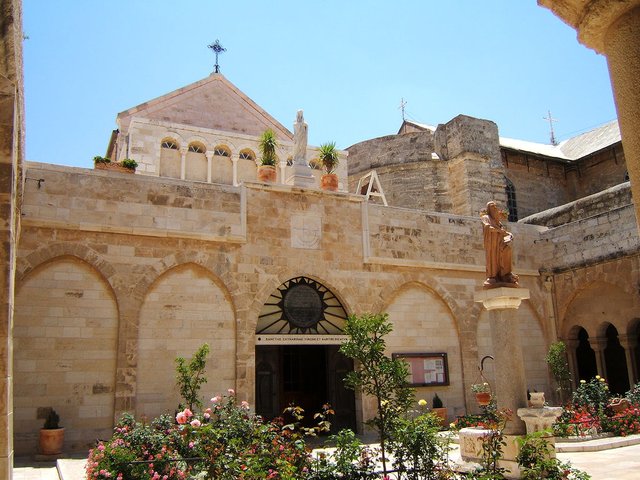
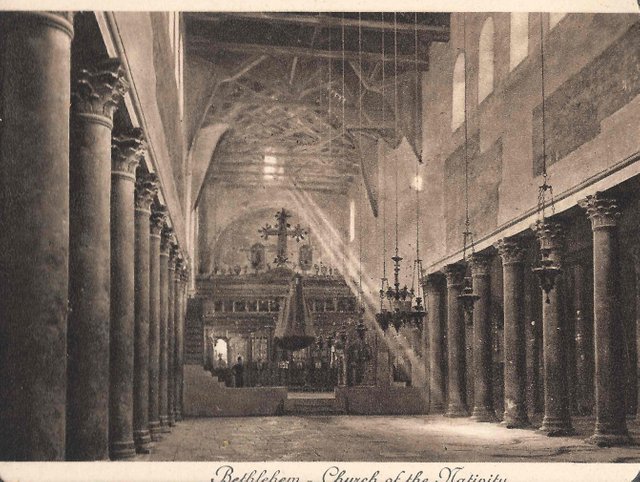
The Church of the Holy
The Church of the Holy Sepulcher or the Church of the Holy Sepulcher is a church within the walls of the Old City of Jerusalem. The church was built above the jellipa or the skull, which is the place of the rock where Christ is believed to have been crucified. Wikipedia
Address: Jerusalem
Construction start date: 326 B
Architectural styles: Romanesque architecture, Baroque building, Byzantine building
The Invaders: Godfrey, Baldwin IV, Baldwin I, Baldwin II, more
Architect: Helena

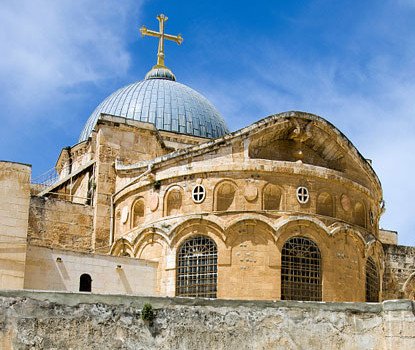
Mosque of Omari - Gaza strip
The Grand Mosque is the oldest and oldest mosque in the Gaza Strip. It is located in the ancient city of Gaza. It was named in honor of the caliph Omar Ibn al-Khattab, the conqueror of the conquests. The site of the current mosque was an ancient Palestinian temple, then the Byzantines turned it into a church in the fifth century AD, and after the Islamic conquest in the seventh century Muslims turned into a mosque. It was described by the traveler and Muslim geographer Ibn Battuta as "the beautiful mosque" in the tenth century AD. In 1033 an earthquake hit the area and led to the fall of the minaret of the Great Mosque of Omari.
In 1149, the Crusaders built a cathedral dedicated to John the Baptist, but the Ayyubids destroyed most of them in 1187, and the Mamluks rebuilt the mosque in the early 13th century. However, the Mongols destroyed it in 1260, but the Muslims quickly recovered it. An earthquake struck the region at the end of the 13th century.
In the 16th century, the Ottomans re-built the Great Age Mosque, about 300 years after the earthquake. The mosque was severely damaged after the British bombing during the First World War, and in 1925 the Supreme Islamic Council restored the mosque. The Umayyad Mosque is still active today, led by Muslims to perform Friday prayers and other prayers.

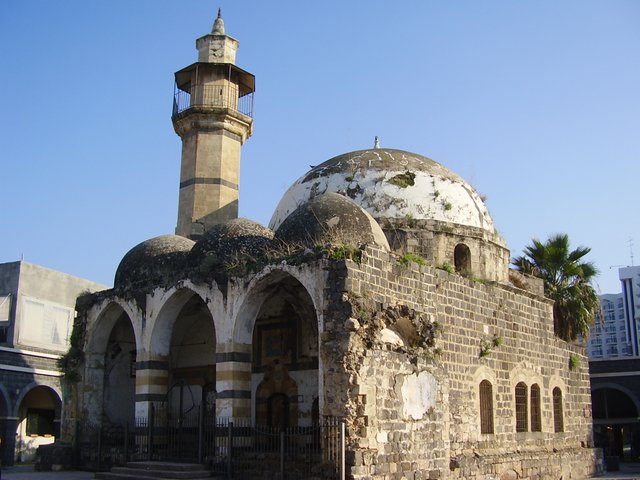
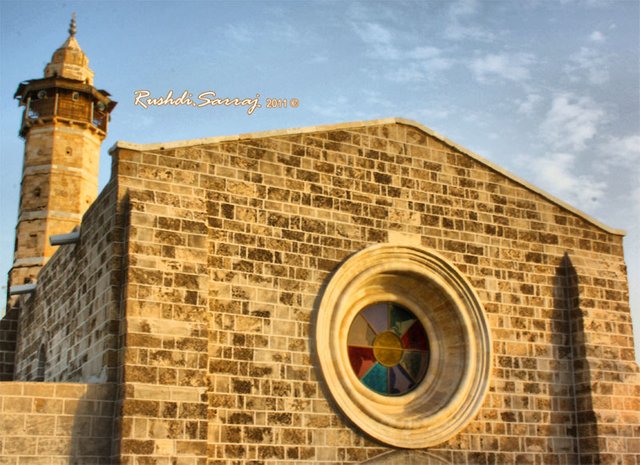
This Roman amphitheater
This Roman amphitheater was discovered in 1979, and is one of the most important landmarks of the Roman city of Neapolis. It was also built in the theater 110 meters in diameter, and was able to accommodate more than 10 thousand spectators, where the stands were common in the Roman period, was showing the tragedy and comedy, but in the Byzantine period was converted to the area of the show (Exeter) in the runway to a pool used for water games .

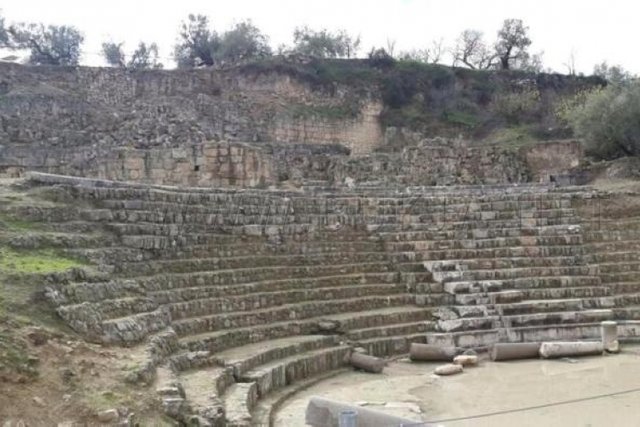
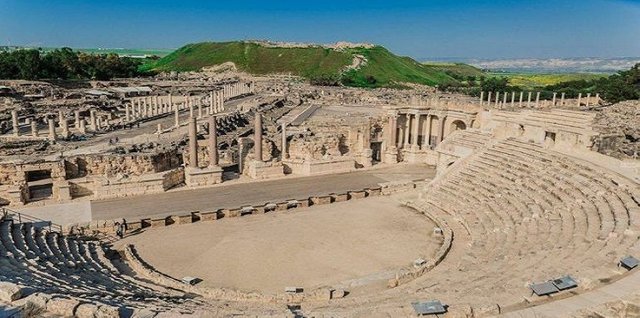
Hassan Bey Mosque
Hassan Bey Mosque and also the Hassan Bey Mosque. It is an archaeological mosque dating back to the Ottoman Empire in Palestine. It is located in the northern part of the city of Jaffa on the Mediterranean coast, in Al-Manshia district specifically. It is considered the only Islamic and Arab architectural impact in the neighborhood, after the Israeli occupation demolished the entire neighborhood. He was founded and built in 1916 and was named after the governor of Jaffa, the Ottoman Arab Hassan Peck.
Architectural style
With a unique architectural style, white limestone has been used instead of the yellow stone used in the region since ancient times. It was built in 1916 in Ottoman style. It has one dome and one beacon. Its ribbed cylindrical light contrasts with the quadrangle chamber.
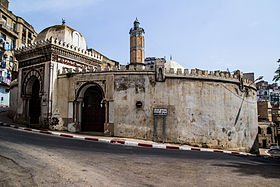
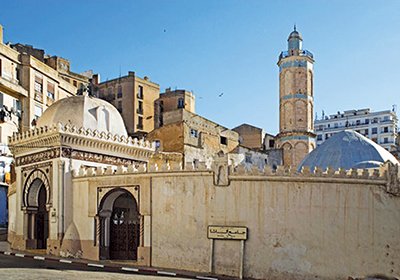
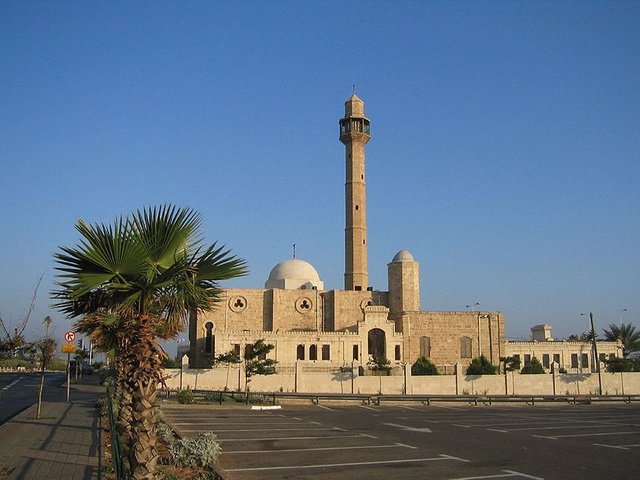
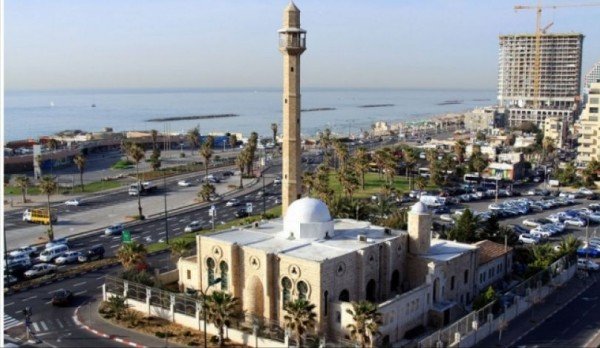
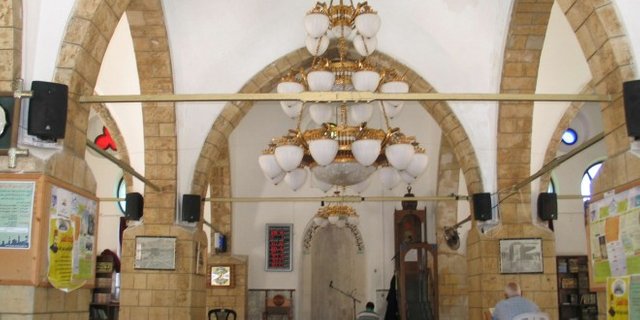
Al-Balakhiya Archaeological Site (Old Antidon Port)
Al-Balkhia is located approximately 6 km northwest of the old city of Gaza. It covers an area of approximately one square kilometer. It includes the north-western part of Al-Shati refugee camp and its adjacent coastal area, known as Al-Mashtal, to the border of Sheikh Radwan Street.
The results of the excavations on the site showed the following:
1 - The existence of a city wall built mud brick dating back to the Canaanite period (Iron Age II, 8th century BC) in the oldest archaeological layer found at the site, which is synonymous with the period of Assyrian control of the region.
2 - The existence of archaeological strata to include most of the historical stages until the Byzantine control.
- Archaeological excavations have shown that the site of Al-Balkhia extended and extended northward.
- The archaeological remains belonging to the Hellenistic-Hellenistic Persian-Hellenistic period indicate a great economic boom that took place in the 5th century BC. It began to be known as Enthidon after the Greek merchants established a merchant colony in their place in Gaza.
5 - A number of houses and buildings were found, some of which were paved with mosaics dating back to the Roman period.
6 - The home of a wealthy man was found among the oldest ancient layer. - A drinking water well was found, built of sandstone sandstone.
- Mosaics floors were found with mosaic tiles of colored marble.
9- Very large quantities of the transferred monuments were found, in different types, such as fossils, glass, ivory, metal, different shapes, colors and usage.
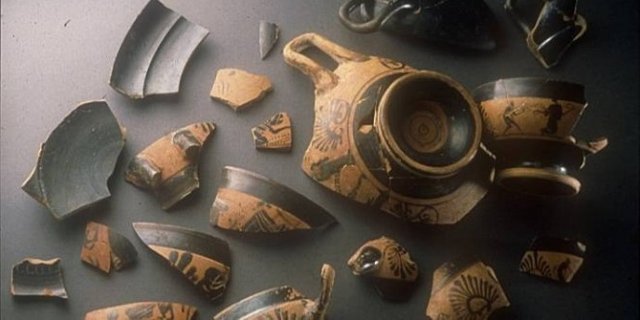
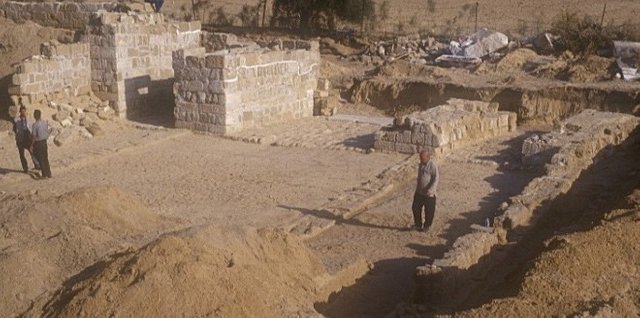
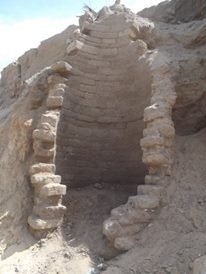
The monastery of St. Hilaryon
The monastery of St. Hilaryon, known as Tal Am Amer, was founded in 329 AD. The time of St. Hilaryon, who returned to his village "Tabata" after he learned the monastic order by St. Anthony in Egypt, where the monastery of St. Hilaryon is considered one of the largest monasteries in Palestine in terms of Space and design, in addition to containing the monastery remains of the remains of St. Hilary, which still exist today in a marble coffin.
Which lasted until the second century AH, as evidenced by the archaeological finds found on the site, which are Islamic coins.
The monastery consists of architectural groups surrounded by external walls of stone supported by stone pillars and estimated area of about 20 acres, and contains a group of halls and rooms and corridors, which numbered 245 between the room and corridor, where the roles of building to many stages of time and start from the middle of the fourth century AD until 8th century AD.
The second part is a church composed of corridors, the widest of which is the middle passageways, separated by marble columns. On the eastern side, the first architectural part is separated from the second by a long street with a special entrance to and exit from the monks.
The third part is called the "Dimas", a dark and cavernous area that burns with a degree of oil to impart a kind of monasticism in place, and is now accessible via a runway.
The last part is the "spa area" which includes the hot and cold water room and the waiting rooms specially prepared for travelers' convoys in the period. Below these rooms are the water entry and exit holes and the fire house, which is the second most archaeological area in the world.
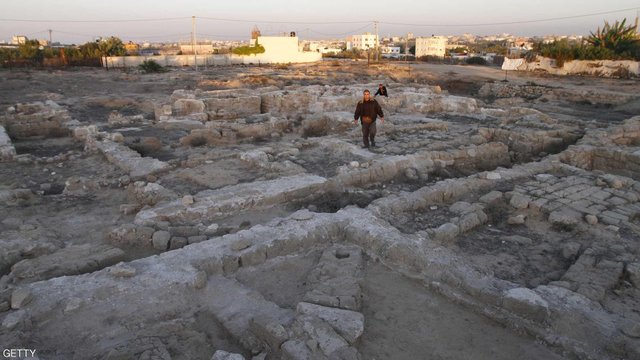
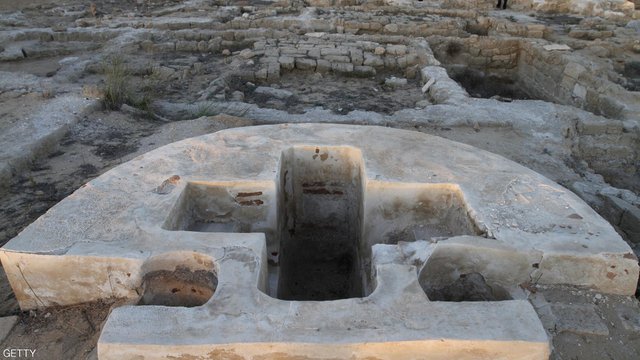
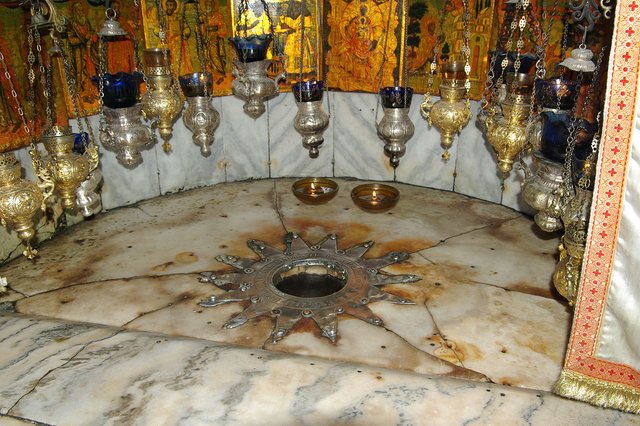
@tk78 got you a $1.25 @minnowbooster upgoat, nice! (Image: pixabay.com)
Want a boost? Click here to read more!
Congratulations @tk78! You have completed some achievement on Steemit and have been rewarded with new badge(s) :
Click on any badge to view your own Board of Honor on SteemitBoard.
For more information about SteemitBoard, click here
If you no longer want to receive notifications, reply to this comment with the word
STOPthank you